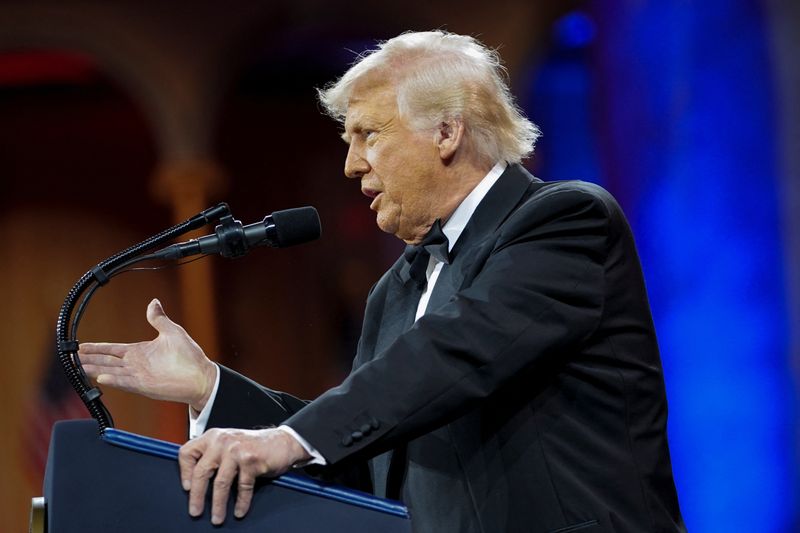In finance and investing, making accurate predictions based on certain factors is critical. If an investor makes the correct prediction, they can expect high returns. However, wrong forecasts can also be vital, as they can cause losses. There are several factors that may influence whether someone makes the correct predictions. However, there are some influences that may cause adverse effects. One of these includes the hindsight bias.
What is Hindsight Bias?
The term hindsight bias refers to the tendency of people to think of unpredictable events as predictable after they have occurred. In this bias, individuals pretend they knew the outcome after its occurrence. It also happens when individuals assume they have exclusive insight in predicting an outcome. Based on this bias, they make wrong predictions in the future and end up suffering losses.
Hindsight bias is crucial in various aspects of life. However, it can be more influential for investors that decide on their portfolio. Once an event occurs, investors may assume they knew the outcome from before. Based on this confidence, they make decisions about the future. These decisions don’t turn out to be accurate, which leads to losses.
How does the Hindsight Bias work?
Hindsight bias starts with an event with an unpredictable outcome. Once the event occurs, individuals may assume they predicted the result. This outcome may or may not be in line with their original prediction. However, since they know the final result after the event, they assume that the consequence was predictable. The bias occurs when these individuals allow this confidence to influence future decisions.
In finance, investors face hindsight bias after they see their predictions realize for stocks. However, due to the high frequency of transactions, the right forecasts make a small proportion of the total predictions. Nonetheless, investors use it to base further decisions. They believe their predictions will come true because of that one-off event.
There are several factors that contribute to the existence of hindsight bias. These may come from cognitive, metacognitive, or motivational variables. When these factors occur at the same time, the chances of hindsight bias are the highest. Investors that allow these variables to influence their decisions can end up making the wrong investments. Through that, they can suffer considerable losses.
How to avoid Hindsight Bias?
There are several ways in which individuals can avoid hindsight bias. Like other biases, understanding how this bias affects the decision-making process is crucial. People who are aware of this bias are also likely to prevent it from influence their decisions. Similarly, having and considering all the available information can be critical in avoiding any bias, including hindsight.
Hindsight bias occurs after an event has occurred, and individuals perceive the outcome as predictable. However, instances, where people get the correct prediction, are significantly lower than when they get it right. Therefore, considering both of these instances can be critical for individuals. Once individuals learn from their wrong predictions, they can avoid hindsight bias from affecting their decisions.
Conclusion
Hindsight bias is when individuals consider an event as predictable after its occurrence. Based on this assumption, they transfer the confidence to other transactions or events. It then leads to them making wrong decisions and bearing losses. Hindsight bias is avoidable like other biases. Individuals have to be aware of its existence and how it affects decision-making.
Further questions
What's your question? Ask it in the discussion forum
Have an answer to the questions below? Post it here or in the forum




